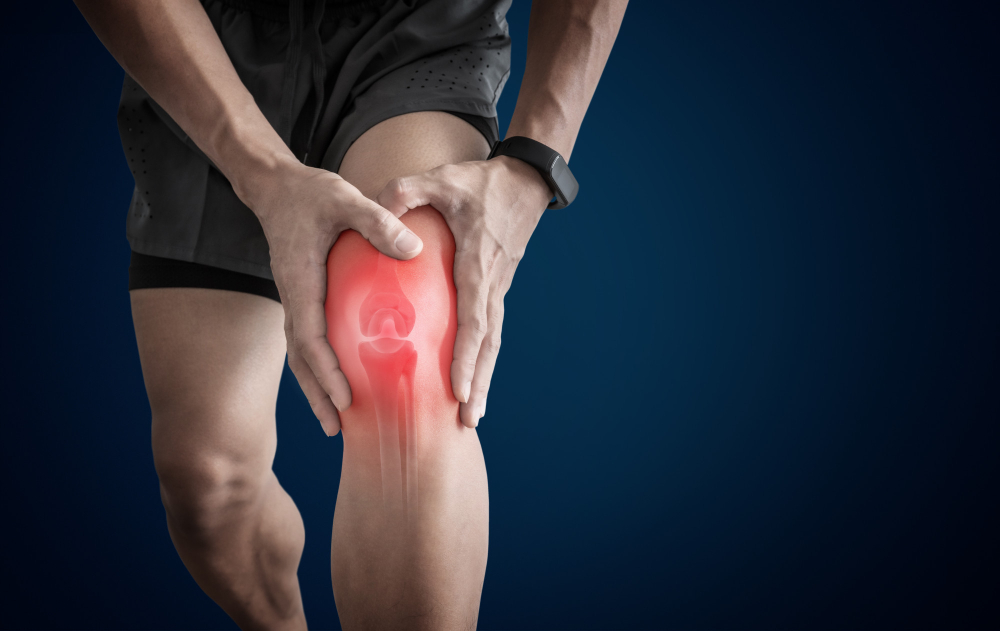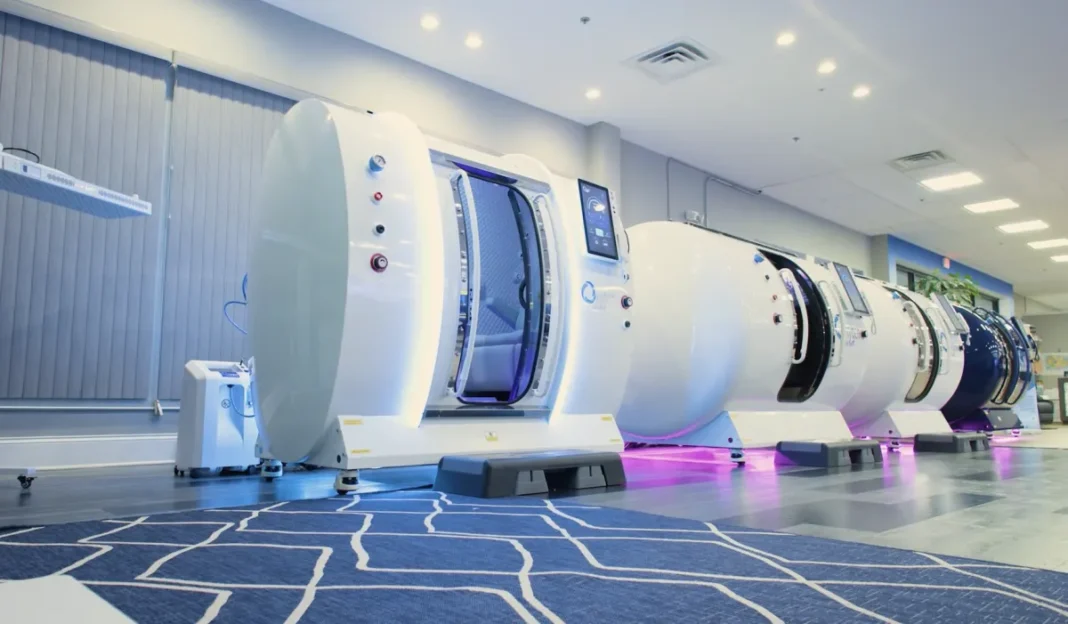Leg pain can range from a mild ache to a sharp, debilitating sensation, and its causes are just as varied. From muscle strain and nerve compression to circulatory issues and underlying medical conditions, pinpointing the source of leg discomfort is key to effective treatment. Knowing the different types of leg pain and their associated symptoms can help guide timely intervention and improve mobility.
Overuse-Related Leg Discomfort
Muscle-related leg discomfort often develops from overuse, strain, or injury to the tissues in your legs. This type of leg pain often feels like soreness, cramping, or a dull ache that worsens with movement. Common causes include muscle strains from exercise, stress fractures from repetitive impact, or tendinitis from overusing specific muscle groups.
Overuse injuries develop gradually over time, rather than occurring from a single incident. Runners frequently experience shin splints, which create sharp pain along the front of the lower leg. Athletes also develop calf strains that cause sudden, sharp pain in the back of the lower leg. These injuries often respond well to rest, ice, and gentle stretching.
Nerve-Related Pain
Nerve pain in the legs often originates from problems in the lower back rather than the leg itself. This type of discomfort usually feels different from muscle pain, creating burning, tingling, or shooting sensations that travel down the leg. Sciatica is a common form of nerve-related leg pain.
Sciatica occurs when the sciatic nerve is compressed or irritated in the lower back. The pain often starts in the buttocks and travels down the back or side of the leg, sometimes reaching the foot. This radiating pattern distinguishes nerve pain from other types of leg discomfort. The pain may feel sharp and electric-like, or it may create numbness and weakness in the affected leg.
Circulatory Issues
Blood flow problems create a distinct type of leg discomfort that differs from muscle or nerve-related discomfort. Vascular leg pain often develops during activity and improves with rest. Key circulatory issues associated with pain in the legs include:
- Peripheral artery disease (PAD): This condition narrows the arteries that supply blood to the legs, thereby limiting circulation during periods of increased demand. It typically creates cramping pain in the calves during walking that disappears with rest.
- Deep vein thrombosis (DVT): A serious condition requiring immediate medical attention, DVT involves the formation of blood clots in the deep veins of the legs. Symptoms include swelling, warmth, and persistent aching that doesn’t improve with rest and may worsen over time.
- Chronic venous insufficiency: This occurs when leg veins struggle to return blood effectively to the heart. It often leads to heavy, achy pain accompanied by swelling that worsens throughout the day.
These circulation-related conditions manifest distinct patterns of leg pain and may require prompt evaluation and management to prevent complications.
When To See a Doctor
Most minor leg discomfort resolves with basic home care measures, such as rest, ice, and over-the-counter pain medications. Persistent pain that doesn’t improve after several days of rest requires assessment to identify underlying causes. Seek immediate medical attention for leg pain accompanied by swelling, warmth, and redness, as these symptoms may indicate a blood clot.
Contact a healthcare provider if you experience numbness, weakness, or tingling that persists or worsens over time. These neurological symptoms suggest nerve involvement that benefits from early intervention. Severe pain that prevents normal walking or daily activities warrants medical evaluation regardless of the suspected cause. Pain that worsens despite appropriate self-care measures also indicates the need for professional assessment.
Book your leg pain appointment today
Understanding the different types of leg discomfort helps you recognize when symptoms require professional attention versus simple home care. Muscle-related pain responds to rest and basic treatment, while nerve and circulation problems often require specialized care. Contact a healthcare provider or trusted pain specialist to discuss your leg pain and explore appropriate treatment options.
- Pedrovazpaulo Wealth Investment: Unlocking Financial Freedom Through Innovative Strategies
- EO Pis: A Comprehensive Guide to Environmental Objectives and Performance Indicators
- Premiumindo69: The Future of Digital Entertainment
- Macadamia Nut Milk: Health Benefits, Recipes, and Why It’s the Perfect Dairy-Free Alternative
- Hentquz: The Future of Productivity and Collaboration


